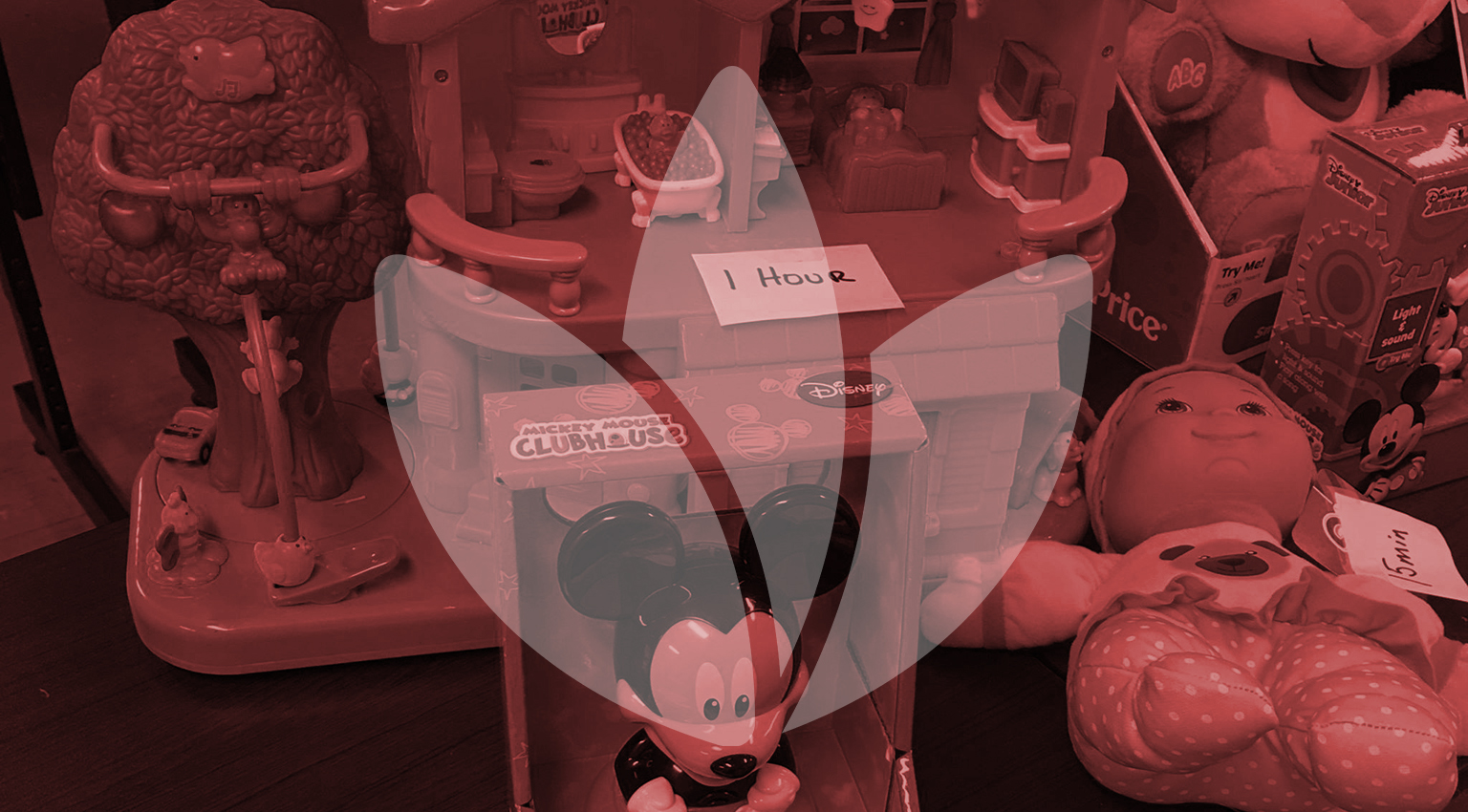Approaches to Christmas Gifts: Restoring Dignity
Nathan Mayo
Network Director
Read more from Nathan
As the holidays approach, many churches and nonprofits run programs to give Christmas gifts to kids in need, and many more partner with existing national programs.
The traditional toy drive is simple. Donors buy gifts and volunteers distribute them. The volunteers either go to the homes of the children or have a day of distribution in a central location. Kids smile, donors feel good … everyone’s better off, right? Unfortunately – it’s not that simple.
Downsides to the Traditional Approach
Identifying who wants the gifts is simple enough. Requesting the donations is easy and requires very little justification to donors. Distribution is a straightforward logistical puzzle.
The problems with this approach are below the surface, but critical to understand.
Fikkert and Corbett report in their book When Helping Hurts about a suburban church which attempted to help an urban neighborhood by delivering toys to children’s homes. After a few years, they started to notice that they almost never saw fathers in the home. They discovered that the kids had fathers, but they hid when the suburbanites showed up with gifts. They were ashamed that outsiders were bringing “Christmas joy” to their kids that they were incapable of providing.
As I watched an online video of a toy distribution day, I focused my attention on footage of a family walking in to receive toys. I saw the kids were smiling – but were the parents? In one family, when the father saw the camera – he ducked his head and very conspicuously moved to hide behind his wife. Maybe he was just camera shy – but it looked like he was downright embarrassed to be there.
His embarrassment makes sense intuitively and in the light of research. In studies of elderly welfare recipients, even former dependence has a negative effect on their sense of self-worth later in life – particularly for men. Studies from developing countries suggest that these giveaways may also increase children’s sense of dependence. In a large controlled study of a shoe giveaway in El Salvador, one of the strongest (and only) impacts of the program was that children who received the shoes were significantly more likely to agree with the statement that “others should provide for the needs of my family.”
Unfortunately, even though many toy-drive programs have been around for decades, no systematic studies have been done to see whether they have net positive or negative effects. This fact is troublesome when you consider that the largest of these programs have annual incomes over $250 million. Surely, they could set aside a small amount of funding to evaluate whether families who participate in the program are helped in the long run and how the program could be improved.
Better run programs make more effort to get the parents involved – allowing them to choose the gifts or perhaps include a note to their child. While we appreciate that these approaches are more likely to have positive outcomes, ultimately any program that involves well-meaning strangers handing things to the children of those struggling with poverty has the potential to make parents feel inadequate.
This isn’t to say that no one has ever benefited from these acts of kindness, but there is significant reason to believe people are also harmed. We can do better.
Consider an Alternative Approach
The basic objective is to empower the parents to provide their own children with gifts. That lets the parents retain a sense of independence and allows the children to be grateful to their parents rather than strangers. The way to achieve this is simple – give parents a way to earn the gifts and give them to their own children.
The most straightforward way to accomplish this is to simply replace the giveaways with sales at a price the recipients can afford. You can sell donated gifts for a low price (50% off retail is a good rule of thumb) and parents, grandparents, and others come in and buy what they like. If you price and market deliberately, you do not need to restrict the number of toys purchased or require a “proof of poverty” from shoppers. The money you raise from the sale can be directed to buy additional toys for the next year’s program or to some related development-oriented program like employment training.
 Robert Lupton, author of Toxic Charity, recounts how his church transformed its giveaway program into a low-cost Christmas market that they called “Pride for Parents.” He recounted that parents were thrilled to find bargains and that “they preferred to purchase toys for their children rather than stand in the free toy lines with their proof of poverty.”
Robert Lupton, author of Toxic Charity, recounts how his church transformed its giveaway program into a low-cost Christmas market that they called “Pride for Parents.” He recounted that parents were thrilled to find bargains and that “they preferred to purchase toys for their children rather than stand in the free toy lines with their proof of poverty.”
 What about parents who are unemployed or can’t afford anything? If it’s a small percentage of your total clients, you can have them work in the market in exchange for a reasonable credit. If many or most of the parents can’t afford to pay or you prefer to avoid collecting money, you can implement a larger scale opportunity to work for credits. Watered Gardens Ministries in Missouri does this for its Christmas market with an upcycling social enterprise. You can also create community service opportunities in exchange for gift credits. One Christmas market in Oklahoma allows clients to earn gifts for their kids by writing Christmas cards and assembling care packages for soldiers overseas. This gives parents an opportunity to participate in giving and earning at the same time.
What about parents who are unemployed or can’t afford anything? If it’s a small percentage of your total clients, you can have them work in the market in exchange for a reasonable credit. If many or most of the parents can’t afford to pay or you prefer to avoid collecting money, you can implement a larger scale opportunity to work for credits. Watered Gardens Ministries in Missouri does this for its Christmas market with an upcycling social enterprise. You can also create community service opportunities in exchange for gift credits. One Christmas market in Oklahoma allows clients to earn gifts for their kids by writing Christmas cards and assembling care packages for soldiers overseas. This gives parents an opportunity to participate in giving and earning at the same time.
Of course, it is always best to add a relational element when possible. You can provide a wrapping station where volunteers can wrap gifts alongside parents and engage them on a personal level. You could also provide beverages and snacks. Ideally, your program will also make people aware of other opportunities available to them in the community, such as help with financial management, education, or parenting.
This alternative to the traditional model is not difficult to implement, but it does require a shift in perspective. If we’re serious about empowerment, we must make parents the heroes in their own homes. We may not end up with as many photos of smiling children, but they will still be smiling on Christmas morning – and, this way, the parents will be smiling too.
Do you know of a best practice or an interesting model for empowering people during the holidays? Let us know! We want to share it.
Please note that external links are shared to be helpful, but we cannot fully endorse views on external sites.




